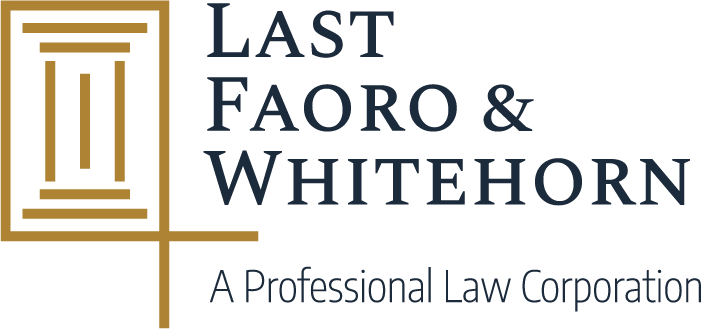The public-private partnership (“P3”) delivery method involves public agencies contracting directly with private parties to perform improvement projects, with private parties sharing in cost and risk burdens. California Street and Highway Code §143, enacted in 1989, authorizes the use of P3’s on some state highway transportation projects. In 2009 the legislatures amended Section 143 to greatly expand the statutory authorization of P3’s for state highway transportation projects.
The 2009 amendments authorized the California Department of Transportation (“CalTrans”) to enter into an unlimited number of P3’s without legislative approval provided that any proposed P3 be released for public comment at a hearing and thereafter be submitted to the legislature and a newly established commission for comment at least sixty days before execution.
Caltrans and local transportation officials in San Francisco immediately sought to utilize the modified Section 143 to apply the P3 model to the billion dollar reworking of the southern approach to the Golden Gate Bridge in San Francisco, which is currently known as Doyle Drive (and which will be renamed Presidio Parkway).
In May 2010, the California Transportation Commission approved the project as a P3, and in October 2010 CalTrans announced its private partners, released the details of its P3 arrangement and carried out the required hearing and comment period. In November 2010 a trade association of public engineers filed a lawsuit seeking to block Caltrans from proceeding with the project as a P3 (Professional Engineers in California Government v. Department of Transportation, et al.).
In the lawsuit the public engineers made several technical legal arguments that the project did not qualify under Section 143 as one which could be performed as a P3. Each of the arguments hinged on interpretations of the language in Section 143. The trial court quickly denied the lawsuit’s claims, which were then brought to the court of appeals, which recently rejected all of the arguments and affirmed CalTrans’ ability to deliver this project under a P3 arrangement.
First, the public engineers argued that Section 143’s mandate that CalTrans be the “responsible agency” on a P3 project means that CalTrans must actually perform the work, which it was not intending to do on this project. The court rejected this interpretation, holding that “responsible” meant supervisory control over the work, not performance of the work.
Next, the public engineers argued that the project failed to meet Section 143’s requirement that P3 projects be “supplemental to existing facilities currently owned and operated by” CalTrans. The court held that under any standard definition the project was supplemental: lane and median widings, and seismic upgrades were going to be performed.
Finally, the public engineers contended the project did not qualify because it does not require funding through the use of tolls. They argued that the legislature intended all P3 projects to be funded by tolls, pointing to certain language in Section 143 requiring CalTrans to allow the use of tolls to fund the private capital outlay and operation costs of the improvement. The court again rejected the public engineers’ interpretation of the statute, pointing out the distinction between requiring CalTrans to authorize tolls and mandating that tolls actually be used.
On August 8, 2011 the court of appeals issued its opinion denying the public engineers’ challenge, and clearing the way for CalTrans to proceed with its intended P3 arrangement on this project. Though, the public engineers still may seek a review by the California Supreme Court.
This decision will surely instill confidence in CalTrans and their private partners that the expansion of the P3 model is viable, and likely we will see more proposed P3 projects brought before the commission for approval.

